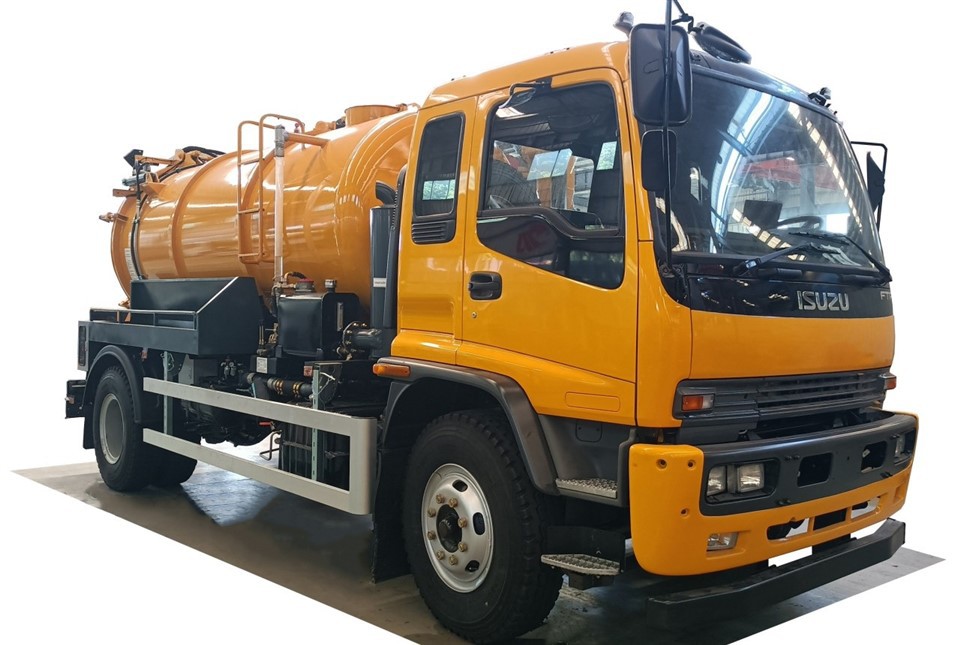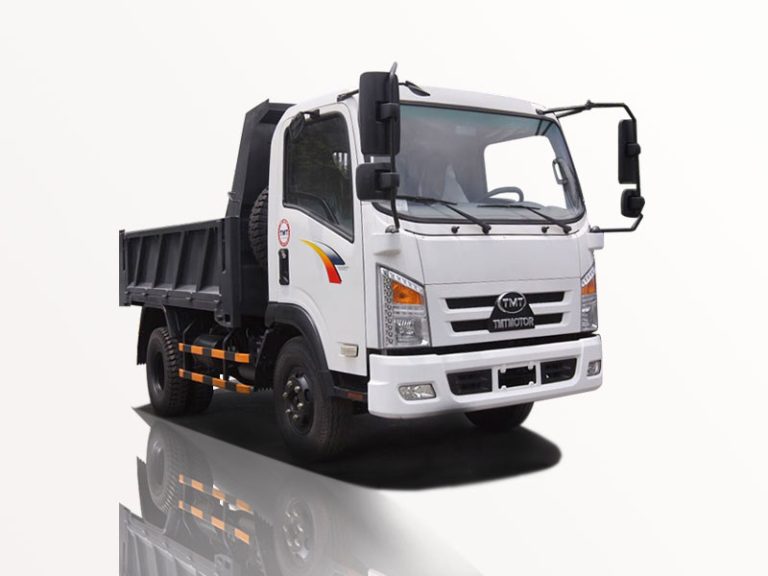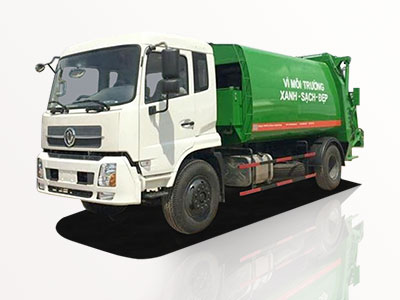When it comes to firefighting vehicles, many people often confuse fire trucks with fire engines. Both are essential to fire services, but they serve distinctly different purposes. In this comprehensive guide, we will explore the differences between fire trucks and fire engines, their specific roles in firefighting, and other related aspects that can help you better understand these vital emergency vehicles.
Table of Contents
- Definition of Fire Truck and Fire Engine
- Key Differences between Fire Truck and Fire Engine
- Components of a Fire Truck
- Components of a Fire Engine
- Roles of Fire Trucks
- Roles of Fire Engines
- Practical Examples of Use
- Tips for Understanding Fire Services
- Frequently Asked Questions
Definition of Fire Truck and Fire Engine
What is a Fire Truck?
A fire truck, generally referred to as an aerial truck or ladder truck, is equipped with tools and equipment that aid firefighters in combating fires and performing rescues. Fire trucks typically feature a large extendable ladder, which can reach high places, and are designed to transport firefighters and their equipment to the firefighting scene.
What is a Fire Engine?
A fire engine, also known as a fire pumper, is specifically designed to supply water to fight fires. It carries hoses, water tanks, and pumps that enable firefighters to spray water on flames. Unlike fire trucks, fire engines focus more on the suppression of fires than on rescue operations.
Key Differences between Fire Truck and Fire Engine
Purpose
The primary distinction between a fire truck and a fire engine lies in their purpose:
| Vehicle Type | Purpose |
|---|---|
| Fire Truck | Designed for rescue operations and transporting firefighters; equipped with ladders and tools. |
| Fire Engine | Focused on water supply and firefighting; equipped with hoses and pumps. |
Equipment
Another difference is the equipment each vehicle carries:
- Fire Truck: Equipped with ladders, hydraulic rescue tools, medical kits, and various firefighting tools.
- Fire Engine: Equipped with hoses, water tanks, pumps, nozzles, and foam systems.
Design
The designs of fire trucks and fire engines differ significantly:
- Fire Truck: Features a long chassis with an extended aerial ladder, which can be as long as 100 feet or more.
- Fire Engine: Typically has a shorter chassis with a large water tank, often between 500 to 1,000 gallons.
Response Time
Response time is crucial during emergencies:
- Fire Truck: May take slightly longer due to its size and the need to set up the ladder.
- Fire Engine: Generally faster to respond since it is designed to reach the scene quickly and begin water application.
Components of a Fire Truck
Key Components
Fire trucks come equipped with several critical components to assist in their rescue operations:
- Aerial Ladder: Used for reaching high places, evacuating individuals, or accessing rooftops.
- Rescue Tools: Hydraulic cutters, spreaders, and other tools designed for extricating trapped individuals from vehicles or debris.
- First Aid Supplies: Medical kits and equipment for providing immediate assistance to victims on-site.
- Lighting Equipment: High-powered lights for visibility during nighttime operations.
Components of a Fire Engine
Key Components
Fire engines are equipped with critical firefighting components, including:
- Water Tank: Usually holds between 500 to 1,000 gallons of water for firefighting purposes.
- Pump: Essential for drawing water from the tank and distributing it through hoses.
- Hoses: Various sizes (typically 1.5 to 3 inches in diameter) for different firefighting scenarios.
- Foam System: Helps in fighting certain types of fires, particularly flammable liquids.
Roles of Fire Trucks
Rescue Operations
Fire trucks primarily focus on rescue operations during emergencies, such as:
- Conducting evacuations from tall buildings.
- Performing cliff rescues or water rescues.
- Providing initial medical assistance until paramedics arrive.
Fire Control Assist
While primarily for rescue, fire trucks can assist in fire control by:
- Offering aerial support to firefighters on the ground.
- Supplying water using hoses if equipped.
Roles of Fire Engines
Fire Suppression
The main role of fire engines revolves around fire suppression, which includes:
- Applying water to control and extinguish flames.
- Utilizing foam for special types of fires.
- Connecting to hydrants to access municipal water supplies.
Assisting in Rescue
Fire engines can also assist in rescue operations, such as:
- Supplying water to crews working from fire trucks.
- Cooperating in coordinated firefighting efforts to control large fires.
Practical Examples of Use
Real-life Scenarios
Understanding the operational differences between fire trucks and fire engines can be clearer through practical examples:
Example 1: High-Rise Building Fire
In the event of a fire in a high-rise building, fire trucks are dispatched to deploy ladders and evacuate residents from upper floors. Simultaneously, fire engines arrive to suppress the flames using hoses and water pumps.
Example 2: Vehicle Accident
In cases of a car accident, firefighter crews may use a fire truck equipped with hydraulic rescue tools to extract trapped individuals, while a fire engine might provide water in case of fire or hazardous material leaks.
Tips for Understanding Fire Services
Observe and Learn
When observing local fire departments, pay attention to the vehicles they use in different emergencies. Noting the specific use of fire trucks versus fire engines can deepen your understanding.
Follow Fire Safety Protocols
Familiarize yourself with basic fire safety protocols and understand how firefighters use both vehicles effectively during emergencies.
Attend Community Fire Events
Many fire departments host open houses or community events where you can interact with firefighters, learn more about their equipment, and even tour fire trucks and engines.
Frequently Asked Questions
1. Are all fire engines equipped with ladders?
No, fire engines generally do not carry ladders. Instead, that is a feature specific to fire trucks.
2. How do firefighters decide whether to deploy a fire truck or engine?
The decision is typically based on the nature of the emergency. For fire suppression, a fire engine is dispatched, while a fire truck is sent for rescuing individuals.
3. Can a fire engine also perform rescue operations?
While fire engines primarily focus on firefighting, they can assist in rescue operations but are not equipped for specialized rescue tasks like fire trucks.
4. What is the typical response time for fire trucks and engines?
Response times can vary based on traffic and distance, but fire engines generally arrive faster as they are more agile than fire trucks.
5. How often do fire departments train with both vehicles?
Fire departments frequently conduct routine training sessions to ensure all firefighters are proficient in operating both fire trucks and engines under various scenarios.
6. Are there different types of fire trucks and engines?
Yes, there are various types tailored to specific needs, like aerial trucks, rescue trucks, and specialized fire engines for urban or rural operations.



